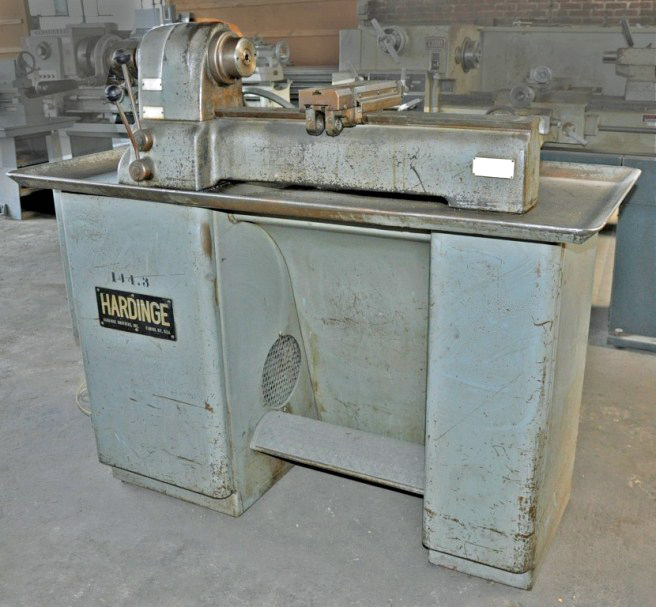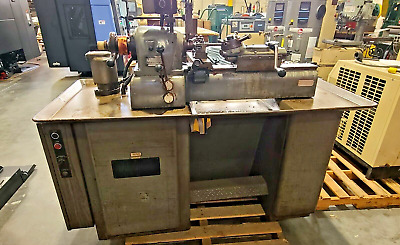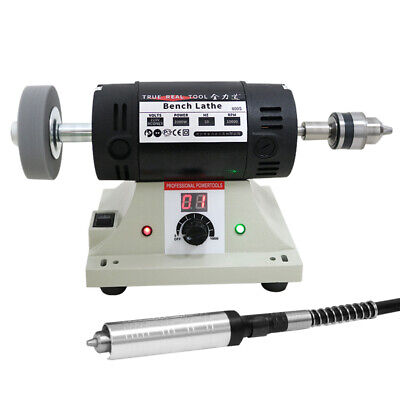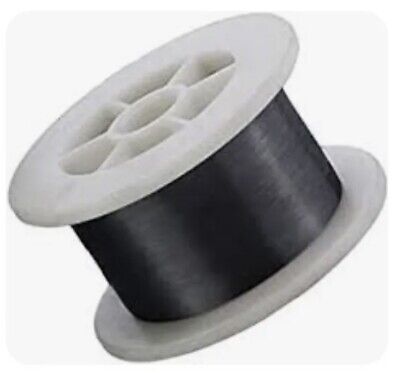For a top to spin long, you want to maximize the amount of energy the top can start off with, minimize the rate at which it loses energy, and minimize the lowest RPM the top can sustain before toppling over. You maximize the starting energy by increasing the moment of inertia of the top about its rotational axis. You minimize the rate at which the top loses energy by, among other things, reducing air drag.
Increasing moment of inertia is simple, just add more mass and place it far away from the axis of rotation. However, more mass means a larger top with more drag, especially so if you add the mass to the top's width instead of its height. All this means, the denser the material, the more of an advantage you will have in spin time.
All of the longest spinning tops are made with a dense outer flywheel (Tungsten, Lead, Brass) and a light inner core (Magnesium, Aluminium, Wood). The core does not contribute as much to the moment of inertia of the top as the flywheel does per unit mass, and so it is best to make it light to reduce unnecessary friction at the tip of the top (which increases super-linearly with the total mass of the top).
I will keep an eye out for Atlas, but it is a bit big and unlikely to find for a reasonable price including international shipping. Things would be way easier if I lived in the UK or US hah. At this point I'm even considering getting a spindle unit, chucks, tailstock and motor and bolting them onto some steel plate. It will not be a lathe so much as a contraption used to make spinning tops alone, but it should beat pretty much anything less than 5x its cost in rigidity and power.
Increasing moment of inertia is simple, just add more mass and place it far away from the axis of rotation. However, more mass means a larger top with more drag, especially so if you add the mass to the top's width instead of its height. All this means, the denser the material, the more of an advantage you will have in spin time.
All of the longest spinning tops are made with a dense outer flywheel (Tungsten, Lead, Brass) and a light inner core (Magnesium, Aluminium, Wood). The core does not contribute as much to the moment of inertia of the top as the flywheel does per unit mass, and so it is best to make it light to reduce unnecessary friction at the tip of the top (which increases super-linearly with the total mass of the top).
I will keep an eye out for Atlas, but it is a bit big and unlikely to find for a reasonable price including international shipping. Things would be way easier if I lived in the UK or US hah. At this point I'm even considering getting a spindle unit, chucks, tailstock and motor and bolting them onto some steel plate. It will not be a lathe so much as a contraption used to make spinning tops alone, but it should beat pretty much anything less than 5x its cost in rigidity and power.
Last edited:





